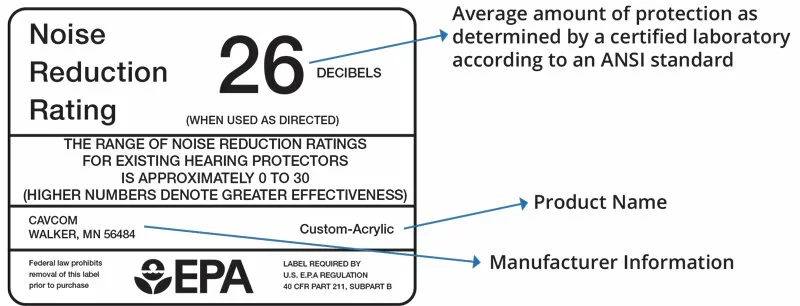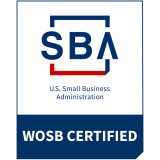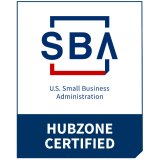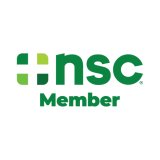


This example shows the "primary" EPA-required NRR label, which must be placed prominently on the packaging of all hearing protectors sold in the US. In addition, the EPA requires a "secondary" label which provides further detail regarding the average amount of noise reduction across a broad range of test frequencies (125 to 8000 Hz), and instructions on how to apply the NRR.
In the above example, the NRR is a single-number value intended to represent the overall amount of protection provided if the device is worn correctly and consistently. Generally, the higher the NRR, the more protection could be provided if the user has a proper fit and wears the device correctly whenever exposed to loud noise. Although personal preferences are important, generally, extremely loud activities such as using a chainsaw may call for a higher NRR than listening to music in a club, for example. Choose lower NRR products for lower noise exposures, so that the individual is not "overprotected" in the environment.
Remember that features such as comfort and ease of use are just as essential to success in protecting hearing. A device that is uncomfortable or difficult to use won't do much good if the user is reluctant to wear it or if it doesn't stay put for the duration of the noisy activity.






